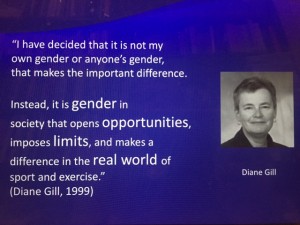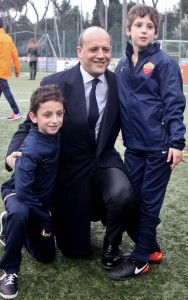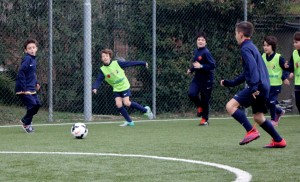Walking is one of the primary human activity. Today it is possible to live sitting moving from the bed to a car/bus/train to a chair. Therefore a project that is intended to promote walking becomes more necessary than ever to promote the well-being of citizens.
There are several psychosocial aspects involved in the success of this idea; regarding the substance of the perception that citizens have of:
- how valuable and rewarding is to walk in the city,
- what motives the walk meets,
- how much the overall wellness come out strengthened.
These three aspects should come to constitute a single integrated model, allowing to easily switch to plan to walk (I want to) to the action (I am doing). Be aware of these three aspects and their interaction becomes, therefore, necessary for the success of the project.
Survey data have shown that people appreciate the walk into town if:
- they see others walking to work or as an expression of physical activity,
- there are green spaces, safe spaces and pleasing to the eye,
- the streets are safe,
- the accidents to pedestrians are rare,
- there are schools where you walk,
- the traffic is reduced.
In relation to individual motivations has been noted that people want to perform an activity that:
- reduces stress and improve mood,
- improves the relationship with their body,
- takes place outdoors, they can practice with others,
- respects their individual rhythms and is moderately intense,
- is easy and affordable.
The third aspect of this approach concerns the promotion of the welfare. This derives from the interaction between the two issues described. It refers to the criteria of walkability and motivation. When they interact positively the individuals show a higher level of personal satisfaction, providing a better sense of well-being.







